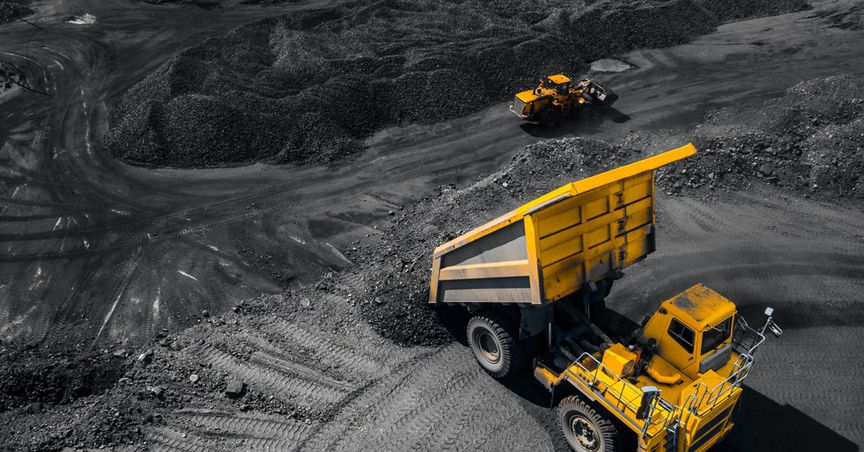Summary
- Glencore declared its 2020 production results with a substantial decline in copper and cobalt production.
- The operations were mainly hampered by COVID impacts and maintenance activities.
- The company is targeting to achieve net-zero carbon target by 2050.
Anglo-Swiss multinational commodity mining and trading company, Glencore plc has unveiled its 2020 full-year production report with a significant fall in copper and cobalt production.
The production was significantly impacted due to mining suspensions and restricted mobility triggered by COVID-19. The coronavirus-driven challenges also hampered ferrochrome production in South Africa, nickel mine in Koniambo and oil fields in Chad.
Notwithstanding that, market-related supply limits hampered coal production from Australia.
Production Highlights
Copper production was down by 8 per cent (113,100 tonnes) compared to the same period a year ago. Meanwhile, a huge decline of 41 per cent (18,900 tonnes) was noticed in cobalt production, accounting to 27,400 tonnes in 2020. The considerable decline in both copper and cobalt production was attributed to Mutanda mine being on maintenance in 2020.
The company produced 1,170,400 tonnes of zinc in 2020, up by 9 per cent compared to 2019 zinc production figures. The significant improvement has been registered due to improved production from Antamina (40,000 tonnes), Mount Isa (27,800 tonnes), South America (18,700 tonnes) and the restart of the Iscaycruz mine in Peru.
Glencore production data
(Source: Full Year 2020 Production Report, dated 3 February 2021)
Nickel production dipped by 9 per cent (10,400 tonnes), amounting to 110,200 tonnes of cumulative 2020 production. The decline in the grades of Sudbury mines and COVID-related impacts on Koniambo significantly impacted the overall nickel production during the year.
Also, the Company registered a 28 per cent (409,000 tonnes) decline in ferrochrome production compared to 2019 figures, mainly due to the lockdown in South Africa and halt in smelting operations in Q2.
Coal production for 2020 was also lower by 24 per cent (33.3 Mt), accumulating 106.2 Mt in full-year output. The outcomes were exceptionally affected by pandemic limitations in Colombia and South Africa, and supply declines in Australia in H2 2020.
Good Read: Glencore Cancels Dividend Post Reporting a USD 2.6 Billion Loss
Lastly, the oil production also dropped by 29 per cent (1.6 Mb), clocking a full-year production of 3.9 million barrels, mainly affected due to maintenance work at Chad fields and pandemic-related challenges. However, Equatorial Guinea and Cameroon showed good improvement on the back of new wells being drilled.
Production Outlook
The company is looking forward to producing 4,400 Mt of group Cu equivalent in 2021, followed by 4,500 Mt in 2022 and 4,300 Mt in 2023.
Production Outlook
(Source: Glencore’s 2020 Investors Update, dated 4 December 2020)
Other Significant Updates
- In January 2021, Glencore agreed to sell its stakes in Mopani to ZCCM with the deal expected to close in H1 2021.
- The company is also progressing towards its net-zero carbon emission target by 2050. It is targeting a 40 per cent carbon reduction in the medium term till 2035.
Glencore Decarbonisation Plan
(Source: Glencore’s 2020 Investors Update, dated 4 December 2020)



_09_03_2024_01_03_36_873870.jpg)

